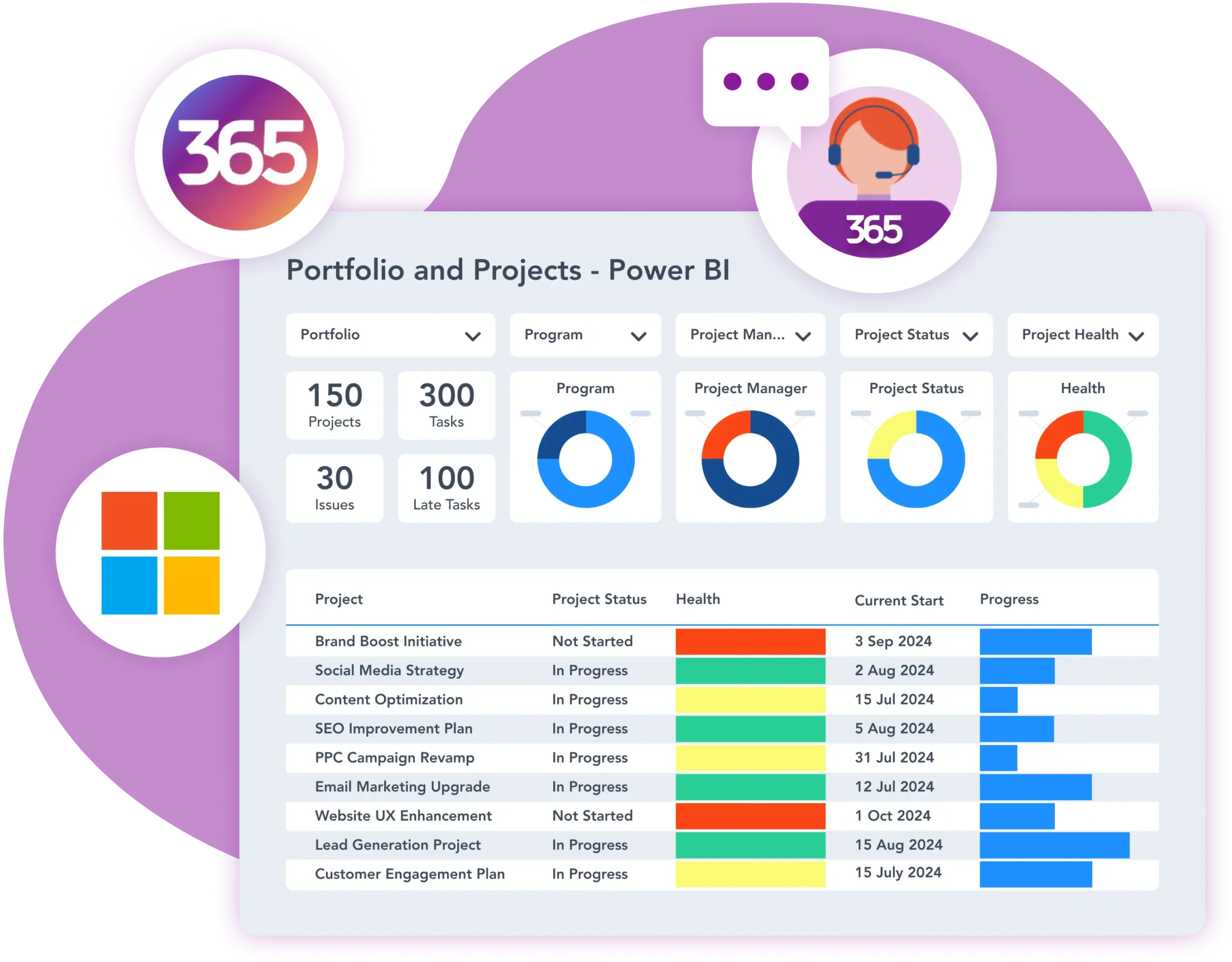BrightWork 365 Customer Hour
BrightWork 365 Customer Hour March ’26 Edition. Join us for our second customer exclusive event for 2025.
-
Tue, 26 March
-
12:05 – 12:55 CET in the U.S / 18:05 – 18:55 CET in Europe
-
Online

BrightWork 365 Customer Hour
BrightWork 365 Customer Hour March ’26 Edition. Join us for our second customer exclusive event for 2025, where we will discuss:
-
1 release details and new feature demonstration.
-
Updating records using Excel Online.
-
Customer Q & A
BrightWork 365 Customer Hour: March 26th
Join us for our second customer exclusive event for 2025 where we will discuss: release details and new feature demonstration, updating records using Excel Online and Customer Q & A.
BrightWork 365 Customer Hour Library
The Customer Hour Call is held once a month, exclusively for our BrightWork 365 customers. Each month you will:
- See what’s planned for the upcoming release of BrightWork 365
- Get a demo of new capabilities and customizations the team has been working on
- Have the opportunity to get your questions answered.

